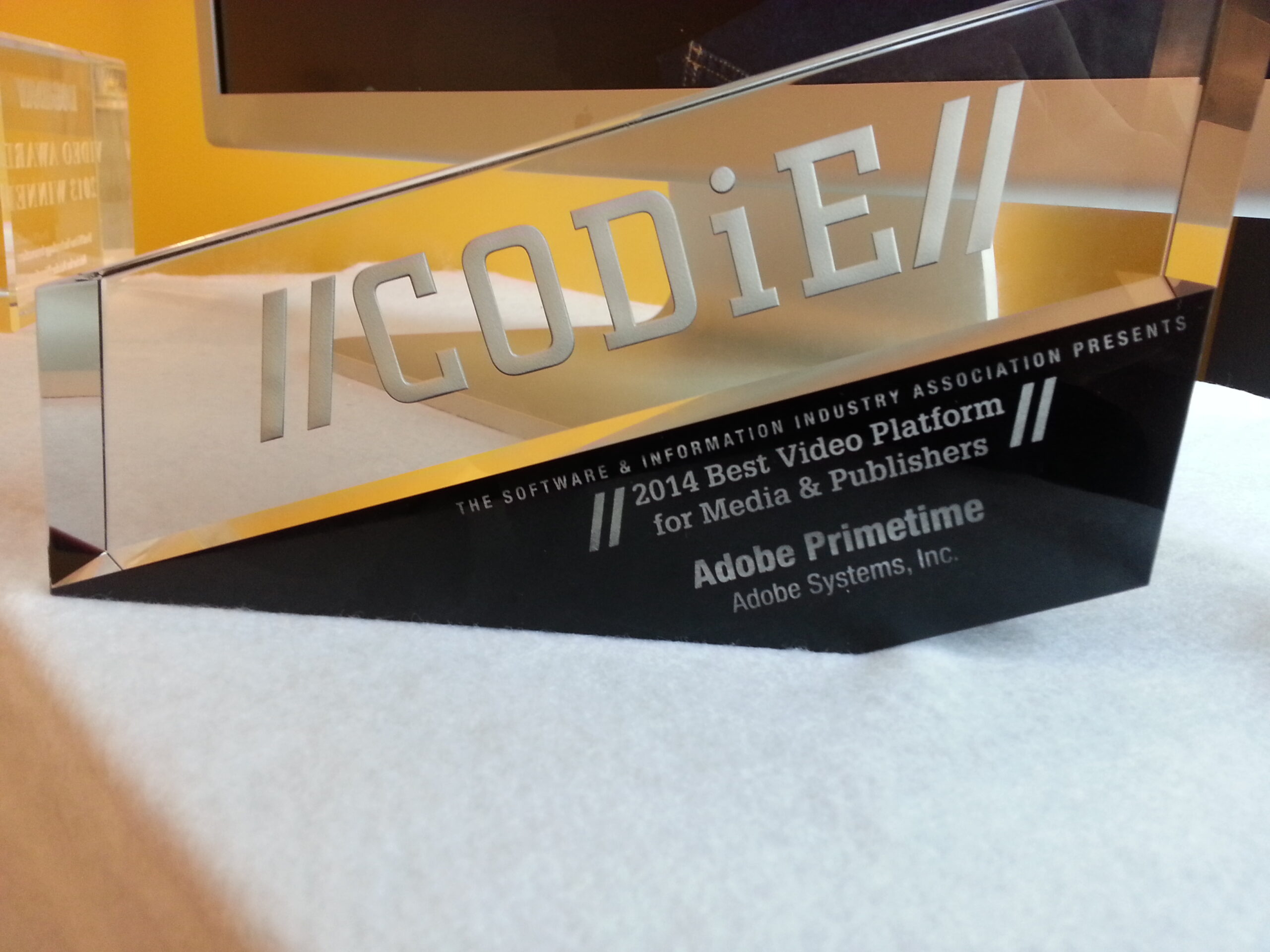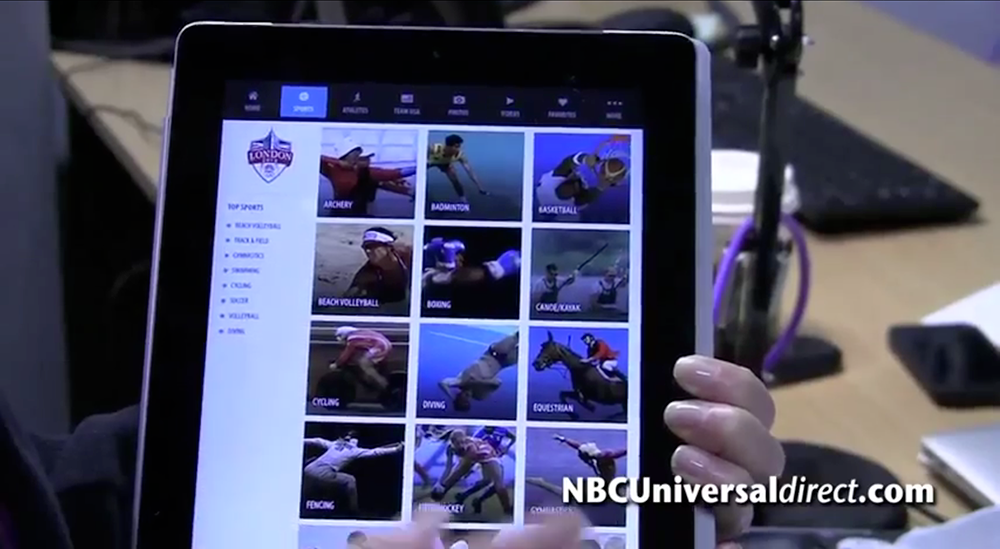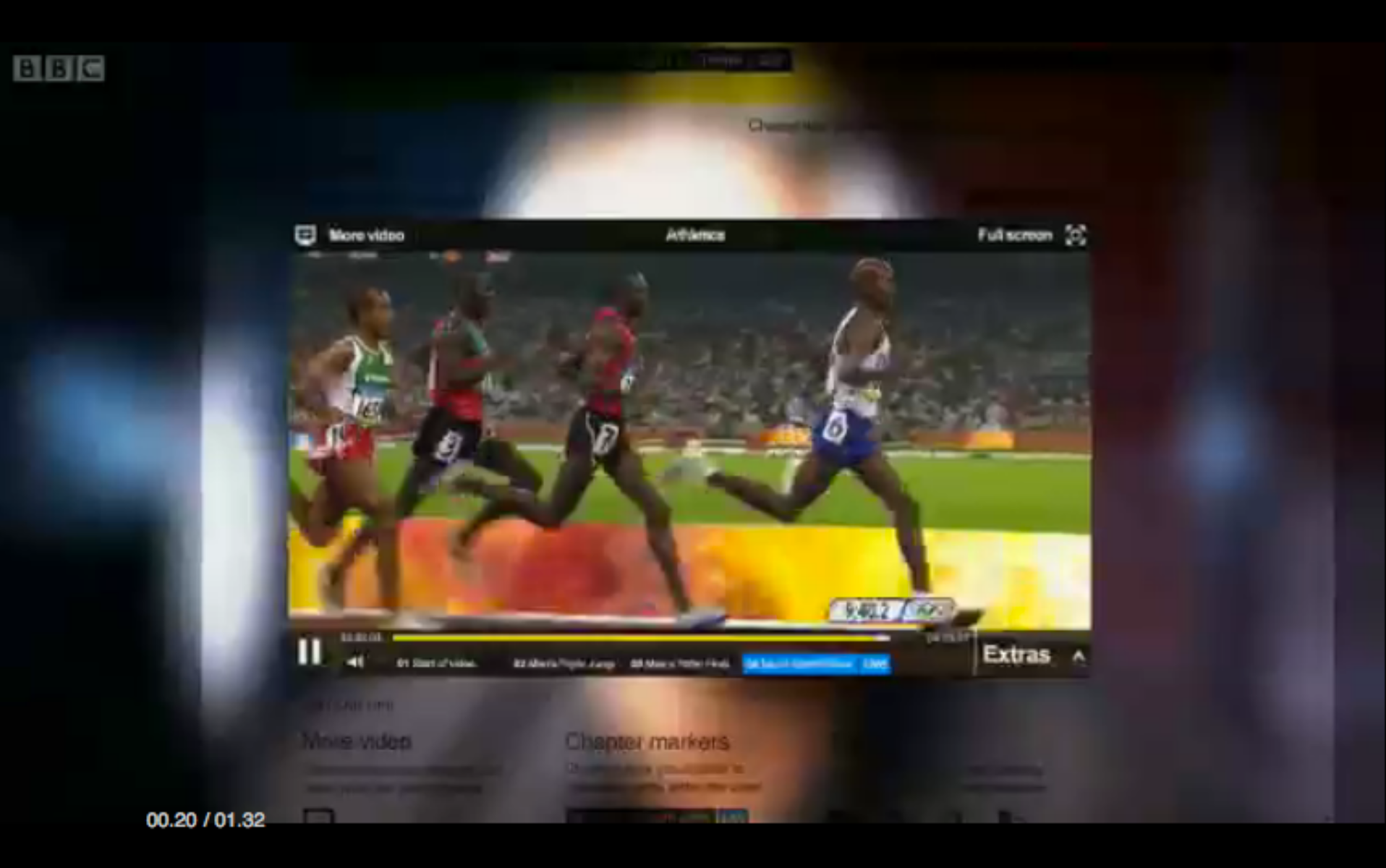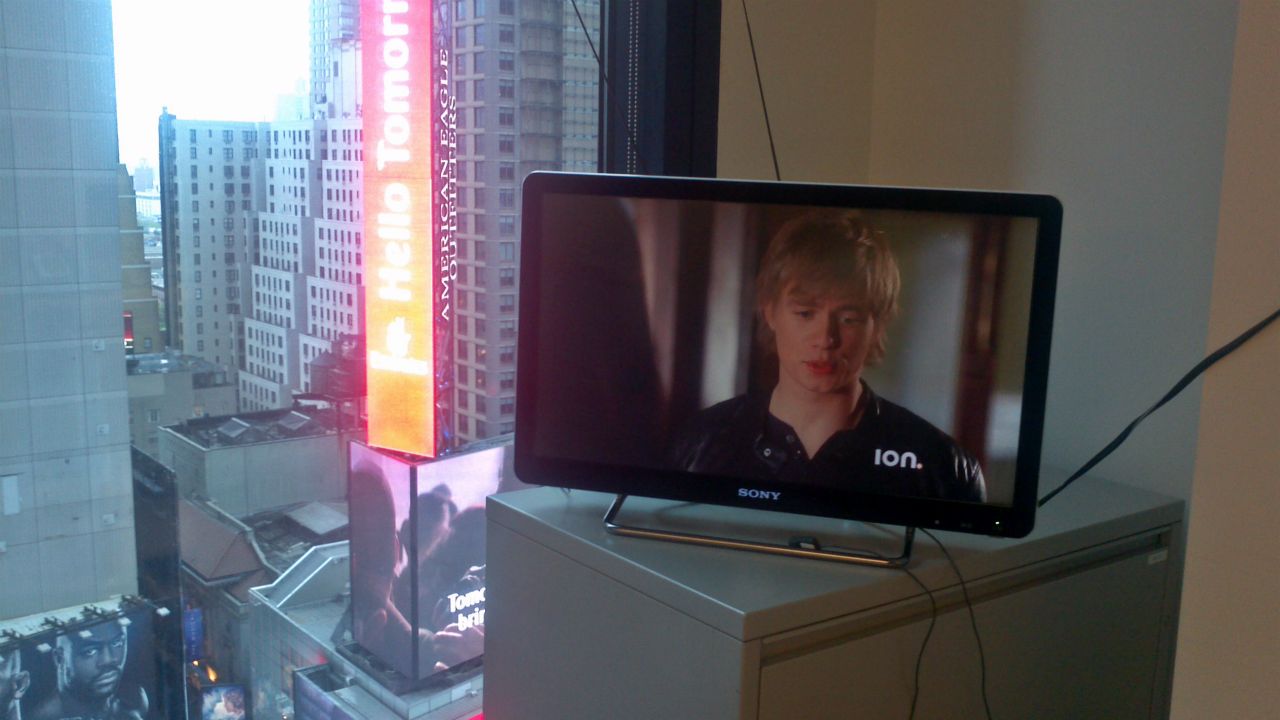
There are fundamental challenges the industry is facing today, which are very different from the market situation 5 years ago. A couple of years ago, it was enough to create a browser based video experience to gain instant reach. Today technology is more advanced, but also more fragmented due to an increased number of platforms with different video capabilities.
Personally following this many years now, here my 5 pro tips for online video strategists.
1) Don’t underestimate video on Android
HLS video playback on Android is known to be broken and fragmented. Don’t assume you can launch a project with native playback working “just fine”. There are many that tried and failed, delaying the launch of their application significantly. Look for a commercial solution early enough.
2) Ensure your ad tracking is IAB compliant
There are many ways to perform ad insertion, but don’t ignore video ad analytics. Even though a solution might perform ad insertion, the analytics need to remain IAB compliant, which is an agreed-on standard. It is always good to consult with the advertisement team.
3) Be aware of the complexity of integrating multiple solutions
There is a risk of trying to include too many different solutions in a video player project, which leads to long development times. The beauty but also challenge with OSMF has been the ability to integrate different components as plugins. The downside is they often aren’t designed to work together, creating a complex network of dependencies. The same is true as example for solutions on Android, which is partially related to 1). There are better pre-integrated solutions that learned from these issues.
4) Try to avoid redundant infrastructures at the beginning
Platforms often provide their own recommendations for streaming formats, DRM and overall video implementation best practices – but those are often not the only option. Try to consider a simpler unified workflow right in the planning phase, rather than creating expensive redundant workflows, and then trying to simplify them at a later point. Workflows don’t have to be complex with the right solutions.
5) Understand what HTML5 video can do, and what it can’t
HTML5 is strong and healthy these days, but advanced HTML5 video features are still evolving. MPEG-Dash is slowly making its way into desktop browsers, while HTML5 video on iOS is based on HLS, with no public plans to switch to MPEG-Dash. This leads to a very different solution stack for HTML5 for desktop and HTML5 for mobile web – with Flash remaining the 99% reach option on the desktop.
Online video remains complex in 2013, specifically with the increased volume of connected devices, and the requirement to monetize efficiently. The right strategy can make a significant difference.


























